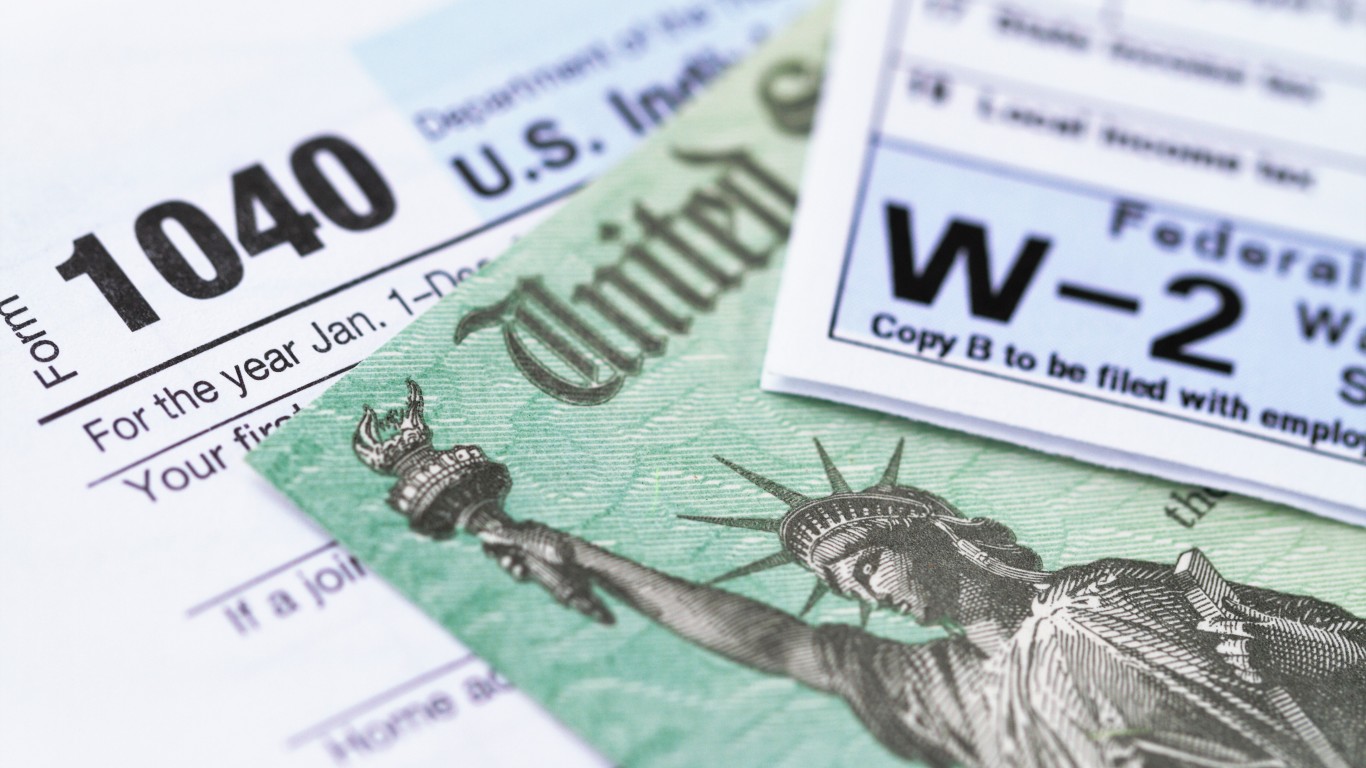Goldman Sachs BDC Inc. announced plans for an initial public offering (IPO) in an N-2 filing with the U.S. Securities and Exchange Commission (SEC) Tuesday. Some 6 million shares are being offered, with an option for an additional 900,000 shares. Shares are expected to price in a range of $20 to $21 apiece. The total expected value of the offering, from the median of the anticipated range, is $123 million. The company will list on the New York Stock Exchange under the ticker symbol GSBD.
The lead book-running managers for the offering are Merrill Lynch, Goldman Sachs and Morgan Stanley. The joint book-running managers are Citigroup, Credit Suisse and Wells Fargo, while the co-managers are Raymond James and SunTrust.
Effectively this offering is a spin-off from Goldman Sachs Group Inc. (NYSE: GS).
Goldman Sachs BDC is a specialty finance company focused on lending to middle-market companies. It was originally formed in 2012 and has originated more than $1.27 billion in aggregate principal amount of debt and equity investments at the end of December 2014.
ALSO READ: 4 Banks That Should Be Raising Dividend Payouts Soon
The company plans to generate current income and, to a lesser extent, capital appreciation through direct originations of secured debt, including first lien, first lien/last-out unitranche and second lien debt, unsecured debt, including mezzanine debt, and, to a lesser extent, investments in equities.
U.S. middle-market companies are the primary targets for investment by Goldman Sachs BDC. Ultimately Goldman Sachs BDC is looking to develop these companies which are primarily in the range of $5 million to $75 million EBITDA.
The companies in which investments are expected tend to use the capital for a variety of reasons, including to support organic growth, fund acquisitions and make capital investments, and for refinancings and recapitalizations.
Revenues are primarily generated through the receipt of interest income from investments the company holds. In addition, income is also generated from various dividends on direct equity investments, capital gains on the sales of investments and loan origination fees.
There will be a special tax and regulatory status for Goldman Sachs BDC that it detailed in the filing:
As a RIC (Regulated Investment Company), we generally will not pay corporate-level U.S. federal income taxes on any net ordinary income or capital gains that we timely distribute to our stockholders as dividends. To maintain our RIC status, we must meet specified source-of-income and asset diversification requirements and timely distribute to our stockholders at least 90% of our “investment company taxable income” as defined by the Code, which generally includes net ordinary income and net short-term capital gains in excess of net long-term capital losses, for each taxable year.
Finally, the company expects to use the proceeds from to offering to repay a portion of its outstanding debt under its senior secured revolving credit agreement.
ALSO READ: The Best (and Worst) States for Business
Thank you for reading! Have some feedback for us?
Contact the 24/7 Wall St. editorial team.



